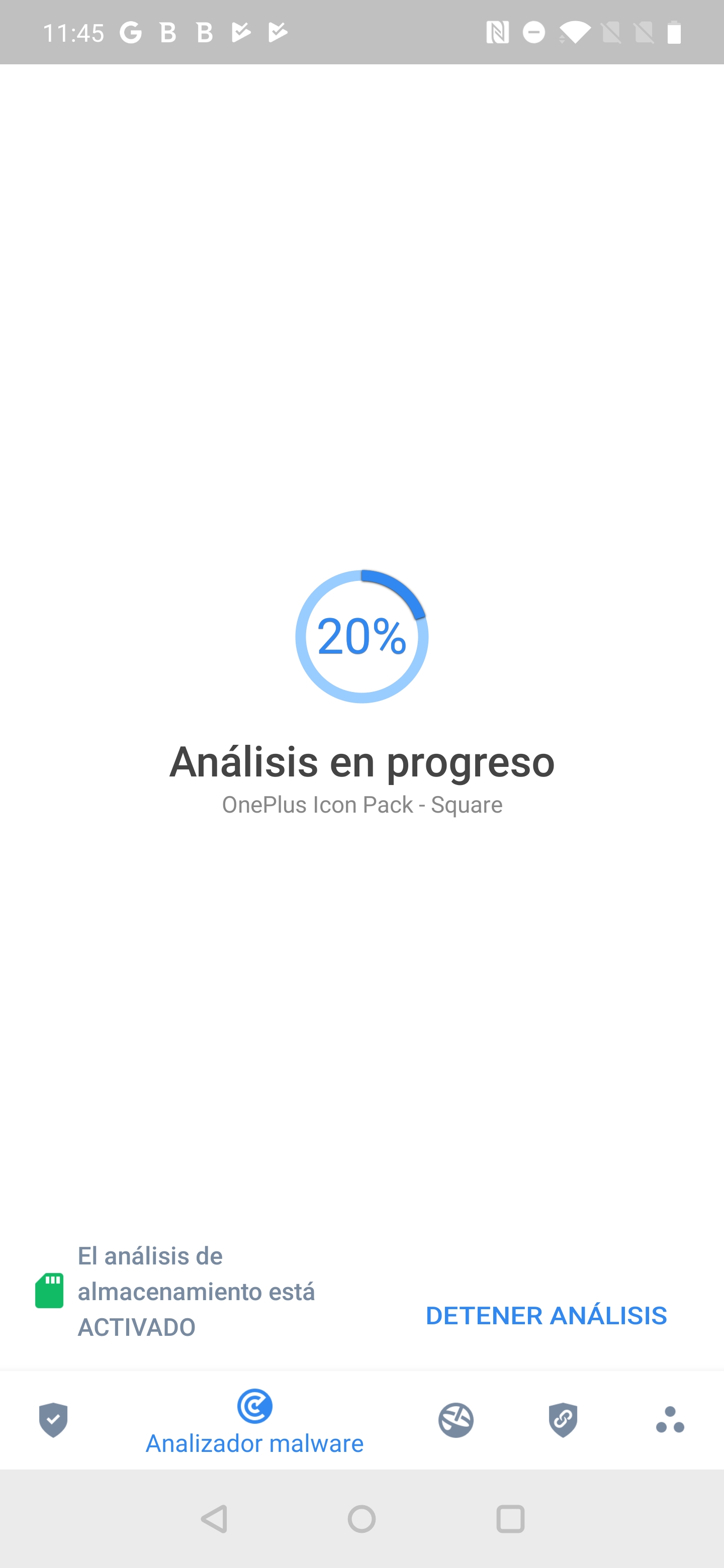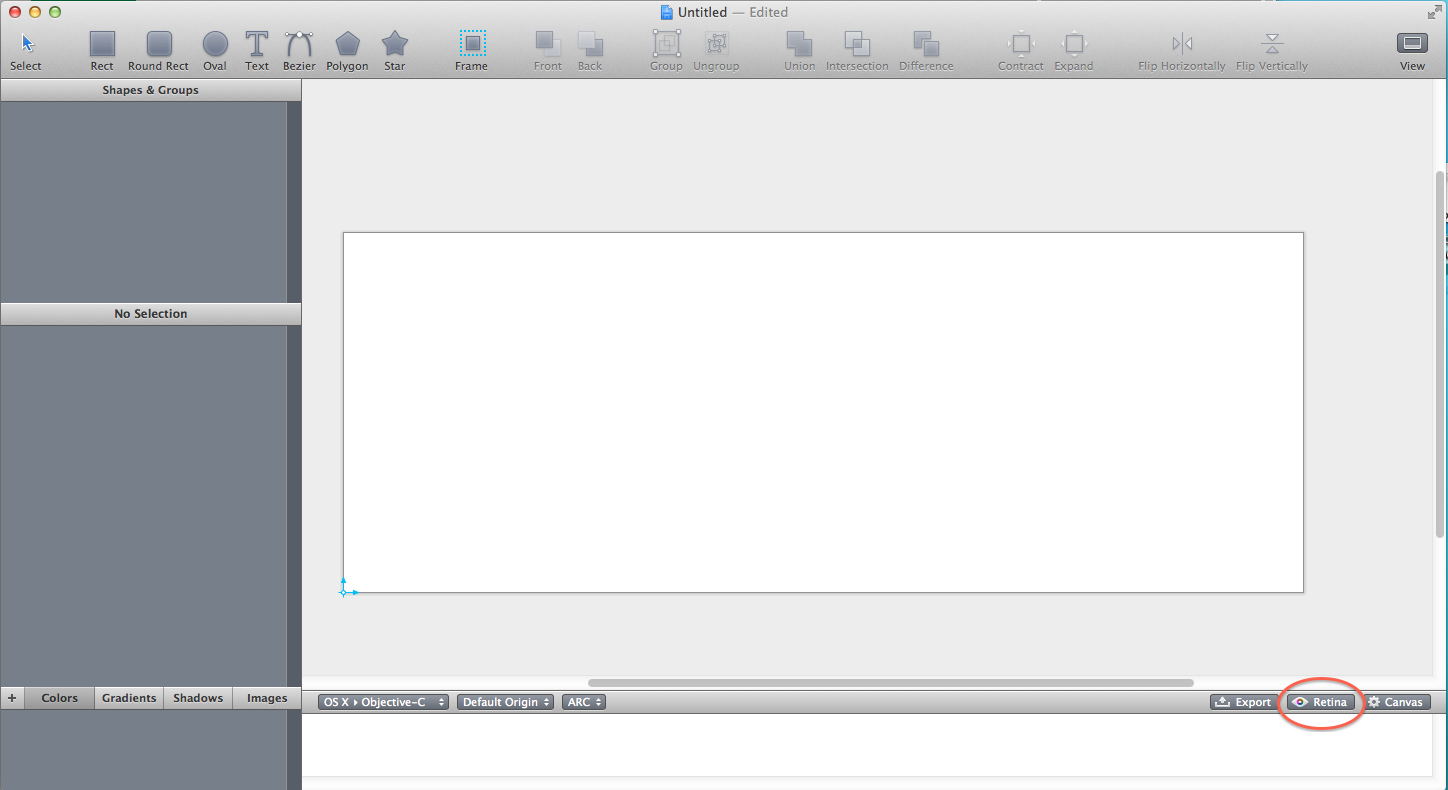


This list, which you can find below, includes the US Postal Service, the Department of Defense, the Internet Assigned Numbers Authority (IANA) and IP ranges belonging to Hewlett-Packard and General Electric.
#SECURITY ANALISIS PAINTCODE CODE#
One of the most interesting things revealed by the code was a hardcoded list of IPs Mirai bots are programmed to avoid when performing their IP scans. While this may seem like a standard source code, Mirai also has a few quirks that we found especially intriguing… Mirai’s “Don’t Mess With” List If (util_stristr(generic_memes, ret, table_retrieve_val(TABLE_ATK_DOSARREST, NULL)) != -1)Ĭonn->protection_type = HTTP_PROT_DOSARREST

If (util_stristr(generic_memes, ret, table_retrieve_val(TABLE_ATK_CLOUDFLARE_NGINX, NULL)) != -1)Ĭonn->protection_type = HTTP_PROT_CLOUDFLARE #define TABLE_ATK_CLOUDFLARE_NGINX 46 // "server: cloudflare-nginx" Mira also seems to possess some bypass capabilities, which allow it to circumvent security solutions: #define TABLE_ATK_DOSARREST 45 // "server: dosarrest"
#SECURITY ANALISIS PAINTCODE MAC OS X#
Mozilla/5.0 (Macintosh Intel Mac OS X 10_11_6) AppleWebKit/601.7.7 (KHTML, like Gecko) Version/9.1.2 Safari/601.7.7įor network layer assaults, Mirai is capable of launching GRE IP and GRE ETH floods, as well as SYN and ACK floods, STOMP (Simple Text Oriented Message Protocol) floods, DNS floods and UDP flood attacks. When attacking HTTP floods, Mirai bots hide behind the following default user-agents: Mozilla/5.0 (Windows NT 10.0 WOW64) AppleWebKit/537.36 (KHTML, like Gecko) Chrome/.103 Safari/537.36 Mirai’s attack function enables it to launch HTTP floods and various network (OSI layer 3-4) DDoS attacks. dictionary attacks based on the following list: root xc3511 Mirai uses a brute force technique for guessing passwords a.k.a. The purpose of these scans is to locate under-secured IoT devices that could be remotely accessed via easily guessable login credentials-usually factory default usernames and passwords (e.g., admin/admin). To fulfill its recruitment function, Mirai performs wide-ranging scans of IP addresses. Launch DDoS attacks based on instructions received from a remote C&C.Locate and compromise IoT devices to further grow the botnet.Like most malware in this category, Mirai is built for two core purposes: Mirai’s C&C (command and control) code is coded in Go, while its bots are coded in C.

Mirai is a piece of malware that infects IoT devices and is used as a launch platform for DDoS attacks. Using a hit-and-run tactic, the attack peaked at 280 Gbps and 130 Mpps, both indicating a very powerful botnet.įigure 4: Mirai botnet launching a short-lived HTTP flood against Source Code Analysis Sure enough, we found the Mirai botnet was responsible for a slew of GRE floods that were mitigated by our service on August 17. We then turned to our logs and examined recent assaults to see if any of them carried Mirai’s fingerprints. If you missed out “Deep Dive into the Mirai Botnet” hosted by Ben Herzberg check out our video recording of the event.Ī thorough review of Mirai’s source code allowed us to create a strong signature with which we could identify Mirai’s activity on our network. You can find the beta of the Mirai Scanner here. New Mirai scanner released: We developed a scanner that can check whether one or more devices on your network is infected by or vulnerable to Mirai.


 0 kommentar(er)
0 kommentar(er)
